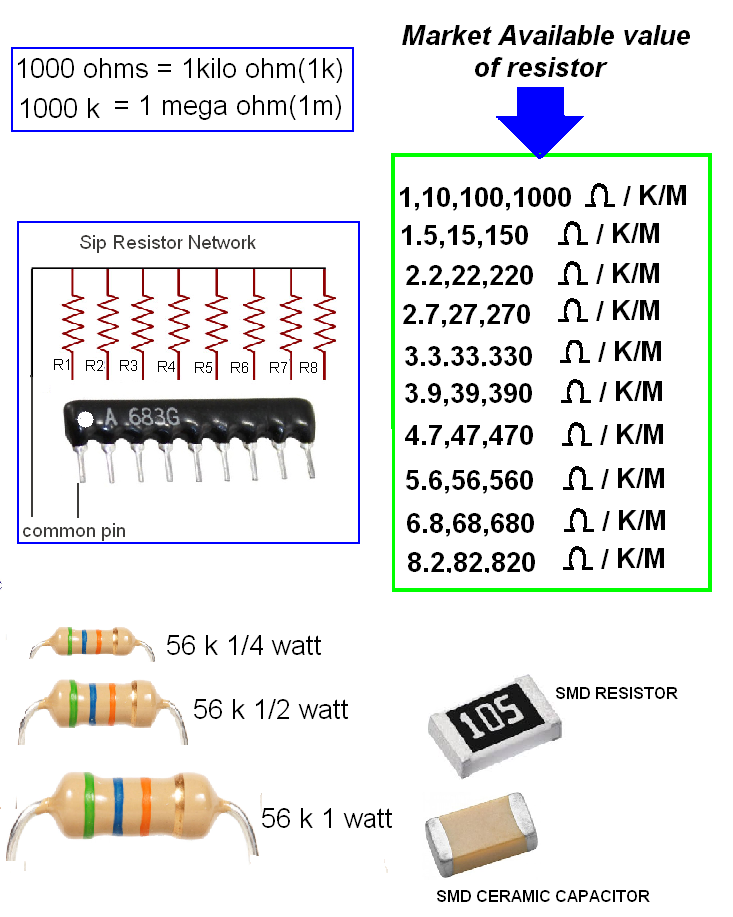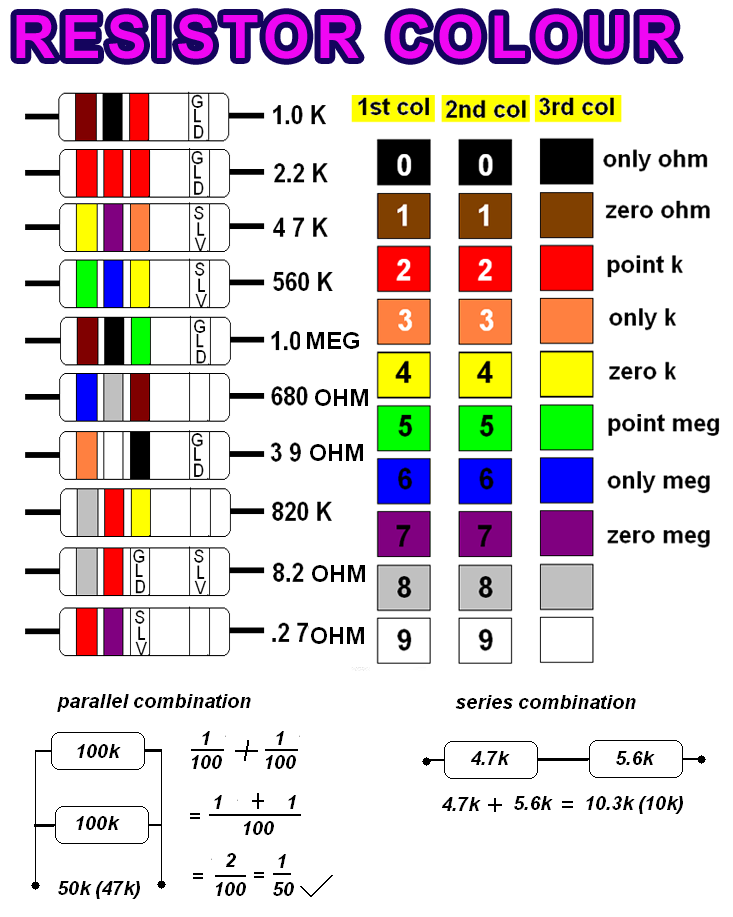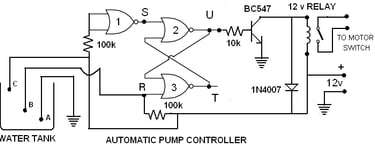Circuit diagram:
A resistor is an electronic component that impedes the flow of electric current, acting to control and regulate it within a circuit. This opposition to current is called resistance, measured in ohms (Ω). Resistors are passive devices used for a variety of tasks, such as limiting current to protect sensitive components, dividing voltages, and setting signal levels.
Function:
Resistors limit and control the flow of current. The amount of current flowing through a resistor is the same as the current flowing out of it; however, the resistor lowers the current for the entire circuit it's placed in.
Measurement:
The property of resistance is measured in ohms (Ω).
Applications:
Protection: They protect sensitive components like LEDs from damage by limiting the current that flows through them.
Voltage Division: Resistors are used in combination to divide a voltage into smaller, specific levels.
Signal Adjustment: They help adjust and set signal levels in circuits.
Energy Dissipation: They dissipate electrical energy as heat, which is useful in applications like heaters or toasters.
Types:
Resistors come in many types, including carbon, film, and wire-wound, with varying characteristics to suit different needs in low-power applications, high-power applications, and those requiring high precision or stability.


The resistor color code is a system of colored bands on a resistor that indicates its resistance value, tolerance, and sometimes temperature coefficient. To read the code, you identify the colors of the bands from left to right, with the first two or three bands representing the significant digits, the next band being the multiplier (power of 10), and the final band (if present) indicating the tolerance.
How to read the bands ?
First bands (significant digits):
The first two or three bands represent the first two or three digits of the resistance value. Each color corresponds to a number: black (0), brown (1), red (2), orange (3), yellow (4), green (5), blue (6), violet (7), grey (8), and white (9).
Tolerance band:
The final band indicates the tolerance, or the allowable deviation from the stated resistance value. Common tolerance bands are:
gold =±5%
silver =±10%
no colour =±20%
Temperature coefficient band:
In six-band resistors, the sixth band specifies the temperature coefficient, which is how much the resistance changes with temperature.
Example : For a four-band resistor with the colors green, blue, red, and gold:
Green: 5 (first digit)
Blue: 6 (second digit)
Red: 2(so 1 & two zero=100)multiplier
golden : Tolerance of
±5%plus or minus 5 %
±5%
The resistance is 56*100=5600 ohms, or 5.6 k ohms, with a tolerance of ±5%plus or minus 5 %


An automatic pump controller is an electronic device that automatically manages a water pump's operation based on water pressure or tank levels to provide consistent pressure and prevent damage. It turns the pump on when the pressure drops or the water level is low and turns it off when the desired pressure or water level is reached. These controllers protect the pump from damage by preventing issues like dry running, which occurs when the pump runs without water, and overfilling tanks. Here is a simple diagram of Automatic water pump controller using NOR GATE(CD 4001 IC):


